2018 Audi A7: Experiential Review
Stuttgart updates its stylish fastback to make it even more of a tech-fest than it previously was. Could you call the A7 Audi’s flagship model? Not really, that would be the A8. But, despite losing the revered flagship badge to its bigger brother, the new A7 still packs an extraordinary amount of luxury and tech.
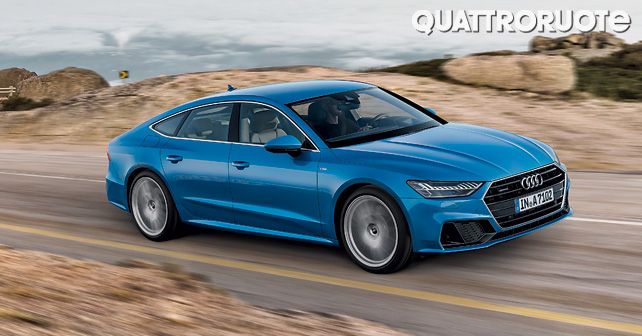
Stuttgart updates its stylish fastback to make it even more of a tech-fest than it previously was.
Could you call the A7 Audi’s flagship model? Not really, that would be the A8. But, despite losing the revered flagship badge to its bigger brother, the new A7 still packs an extraordinary amount of luxury and tech. At nearly 5-metres long, it’s equal in length to the A8. It has a body that sets it apart from traditional run-of-the-mill luxo barges thanks to its fastback silhouette. But, while it carries the sporty lines of a coupe, it’s just as practical as any other four-door luxury sedan. And with this second-gen model, all this remains unchanged. If anything, the A7 has become even more appealing.
The changes in the cabin are more apparent, which has now assumed a rather stylish appearance. The overall architecture is far more exuberant than before. However, it seems that those responsible for designing the new A7 developed a sort of aversion to physical knobs and buttons – for virtually all of them have been replaced by touch panels. Two screens take centre stage – a 10.1-inch display on top for infotainment and an 8.6-inch screen below it for climate control and other functions. Audi’s Virtual Cockpit replaces the analogue dials of the outgoing model. Of course, we’ve experienced it numerous times on other Audis, and there’s nothing different here – it’s still cutting-edge and looks super cool.
4-wheel steering
The A7 is a beautiful sedan, one where comfort and silence compete to cosset and cuddle you. But what about its dynamic capabilities? Well, the A7 continues to be a decent handler. It doesn’t exactly invite you to play, but when you do it doesn’t make you feel as though something’s off or that it’s out of its comfort zone. It’s soft, supple and comfortable for most part, but poke it a bit and you’ll see that it still has that edginess. In fact, this new model is that little bit more agile thanks to the introduction of a four-wheel-steering system in the latest A7. And it doesn’t take you long to realise its benefits – the car feels less cumbersome with better turn-in. The turning radius has reduced as well. It’s astonishing really, how this system masks the A7’s size and weight.
When switched to Dynamic mode, the A7 becomes even more alert and excited. The engine – which in our case was a 3.0-litre turbo V6 – plays along nicely. There’s no rush or violence – only extraordinary performance. It’s not the aggression that impresses you but the authority with which the engine does its job. Among its features, we must report that there’s a new alternator capable of acting as a starter motor – it works on 48 volts and allows the A7 to activate its start-stop function at 22km/h. As for the electronics and safety equipment on board, the new A7 shares most of its equipment with the A8. There are about forty devices – 39, to be precise – that make driving more efficient, comfortable and safe. Like the A8, the Sportback now gets Audi’s driver assistance controller that studies its surroundings using five radar sensors, a laser scanner, a front camera, four 360 degree cameras and twelve ultrasonic sensors. It also comes with Audi’s (remote) parking pilot system and Audi’s remote garage pilot. Overall, the new A7 is resplendent in its stylish and technological upgrade. In fact, to say that it exudes technical advancement from its every pore would not be an exaggeration.
Audi will introduce the flagship A8 in the Indian market sometime in the middle of this year, while the A7 should follow later in the year. Of course, the semi-autonomous tech won’t make it to the Indian market. That said, there’ll still be plenty of other tech to play with!
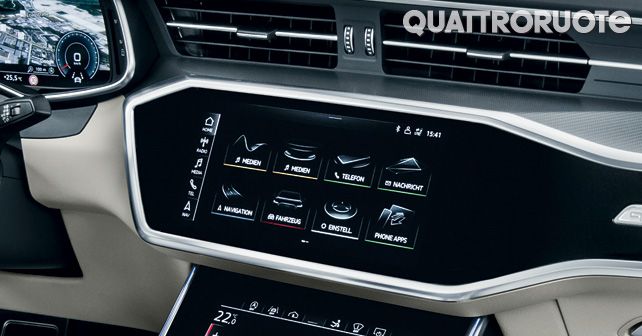
The highlight of the passenger compartment is a 10.1-inch touchscreen display. Most of the physical buttons and knobs for the climate control and other features have disappeared to make room for a second 8.6-inch screen. Welcome to the digital age!
© Riproduzione riservata
Engine: 2,967cc / V6 / Turbocharged
Fuel: Diesel
Transmission: 8-speed Automatic / All-wheel Drive
Power: 282bhp @ 3,500rpm
Torque: 620 Nm @ 2,250-3,000rpm

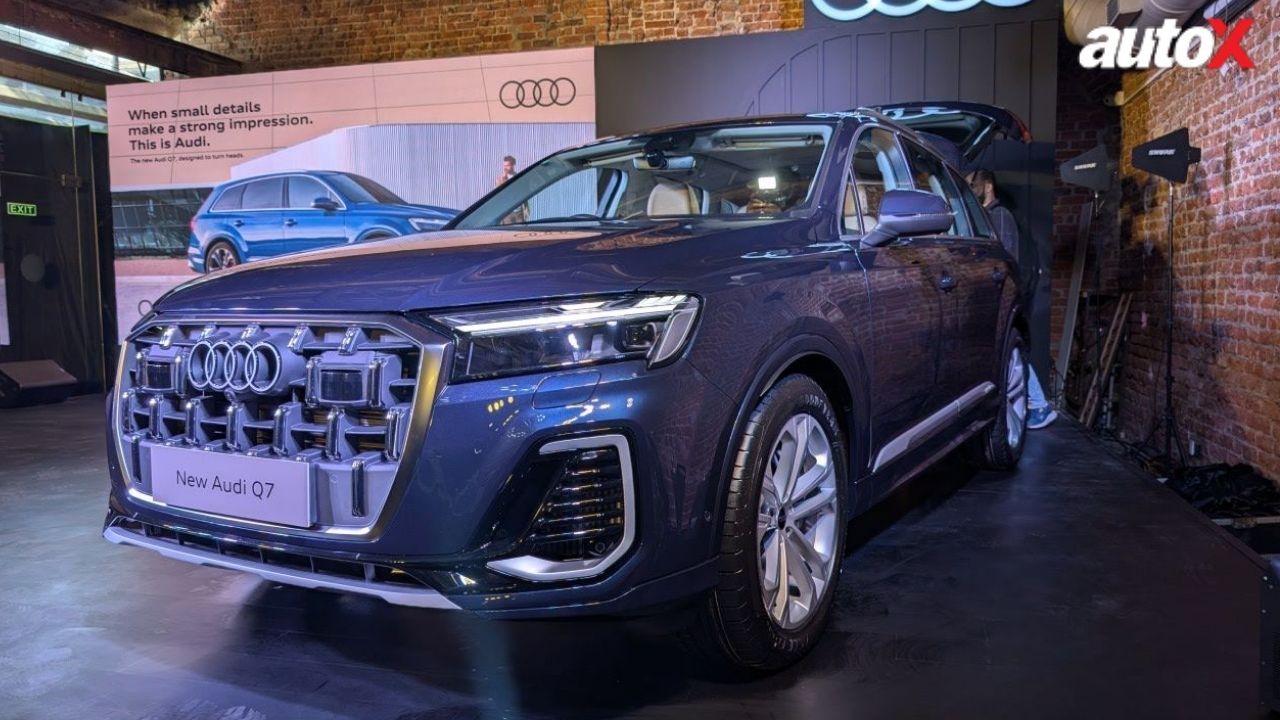
.webp)
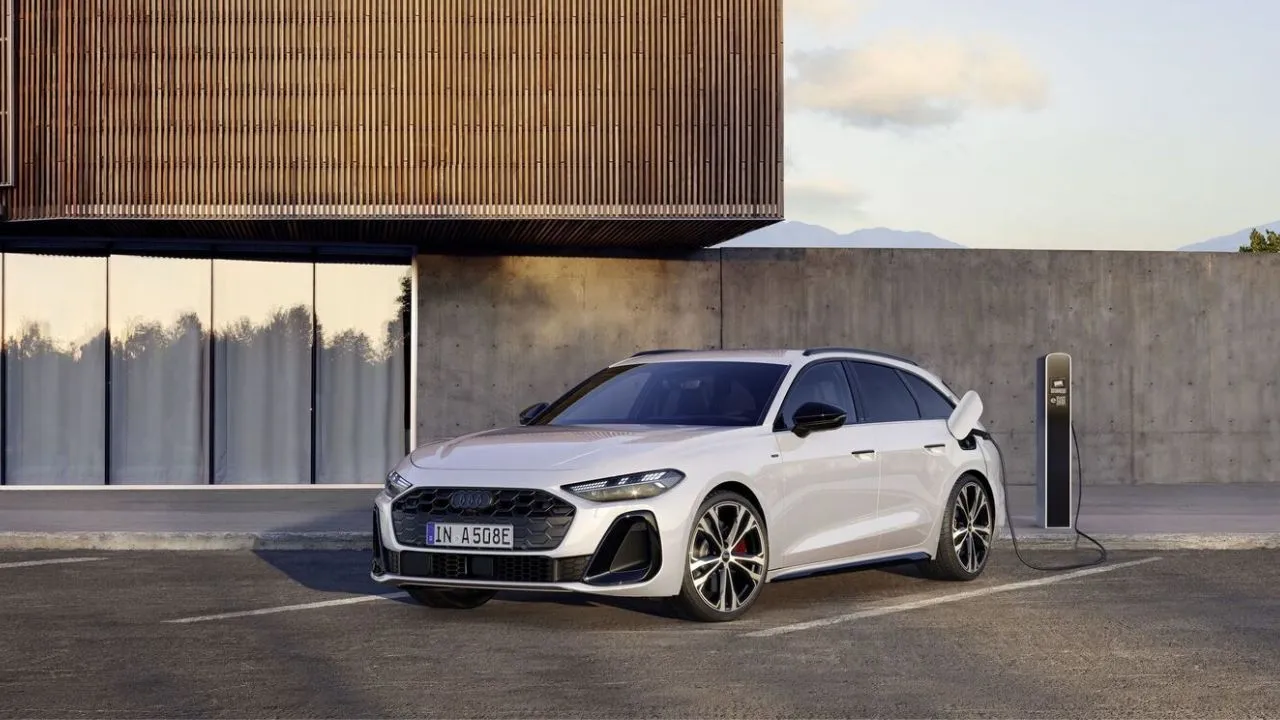
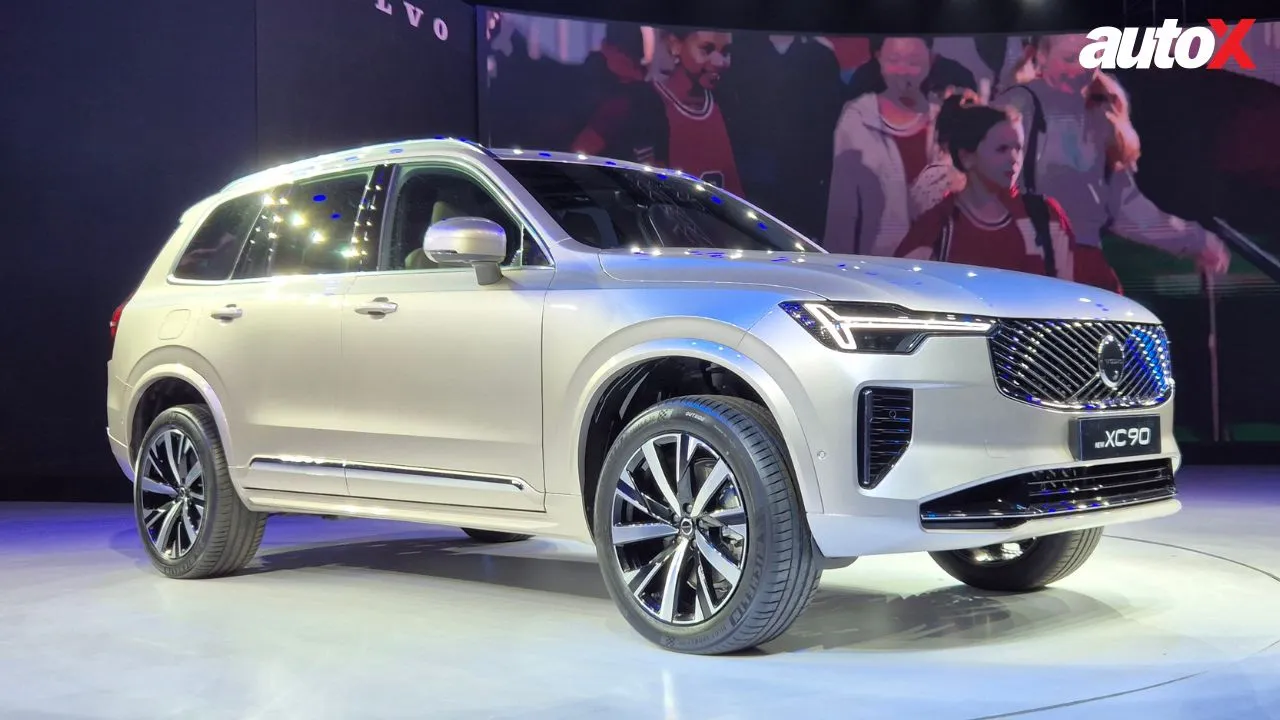
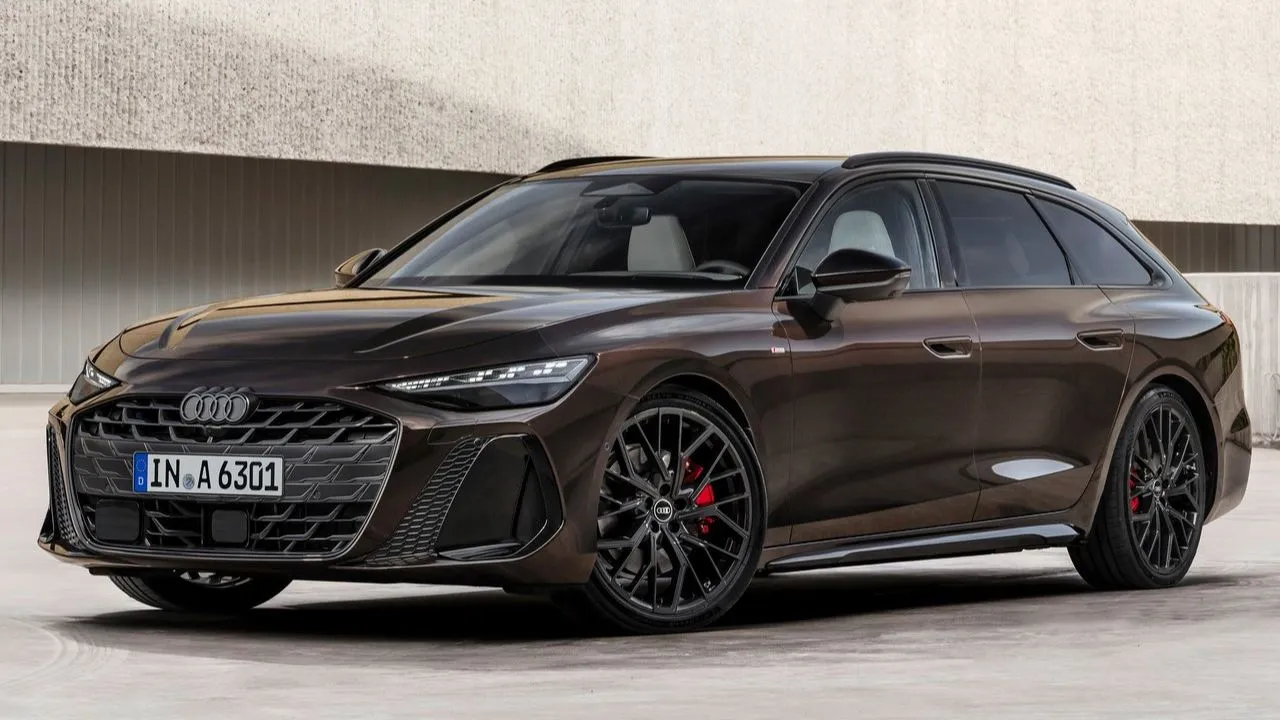
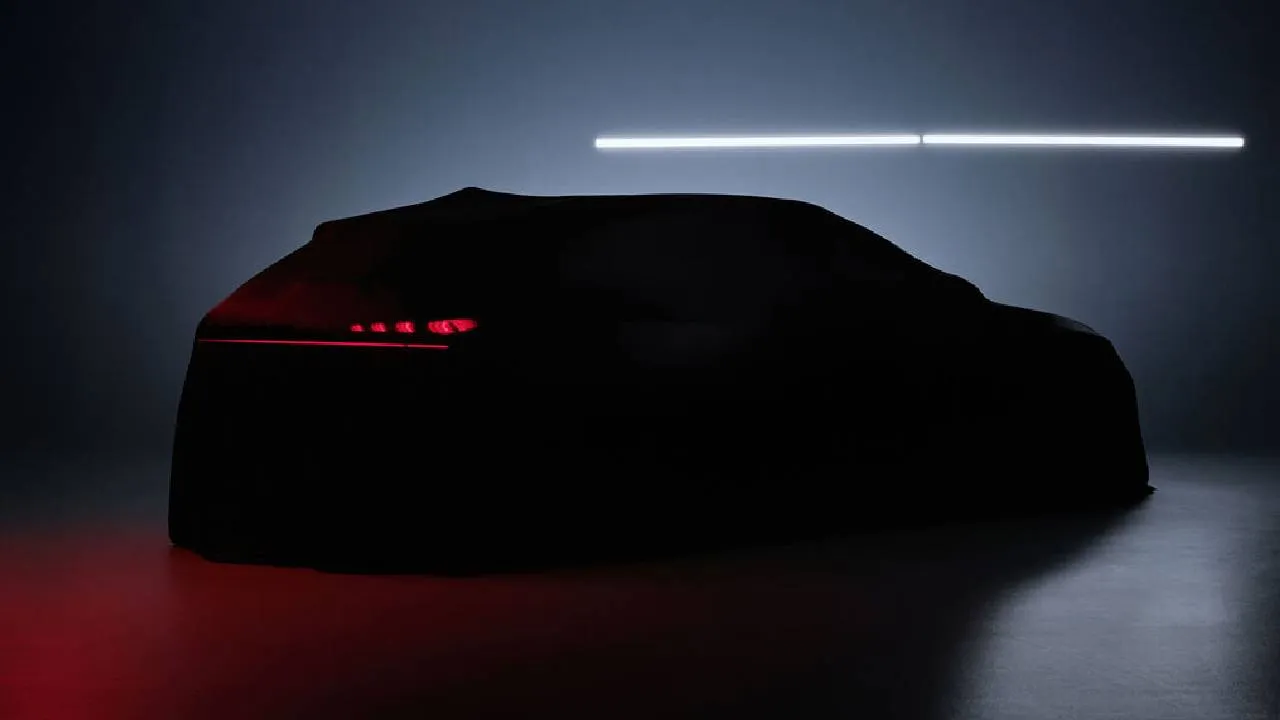






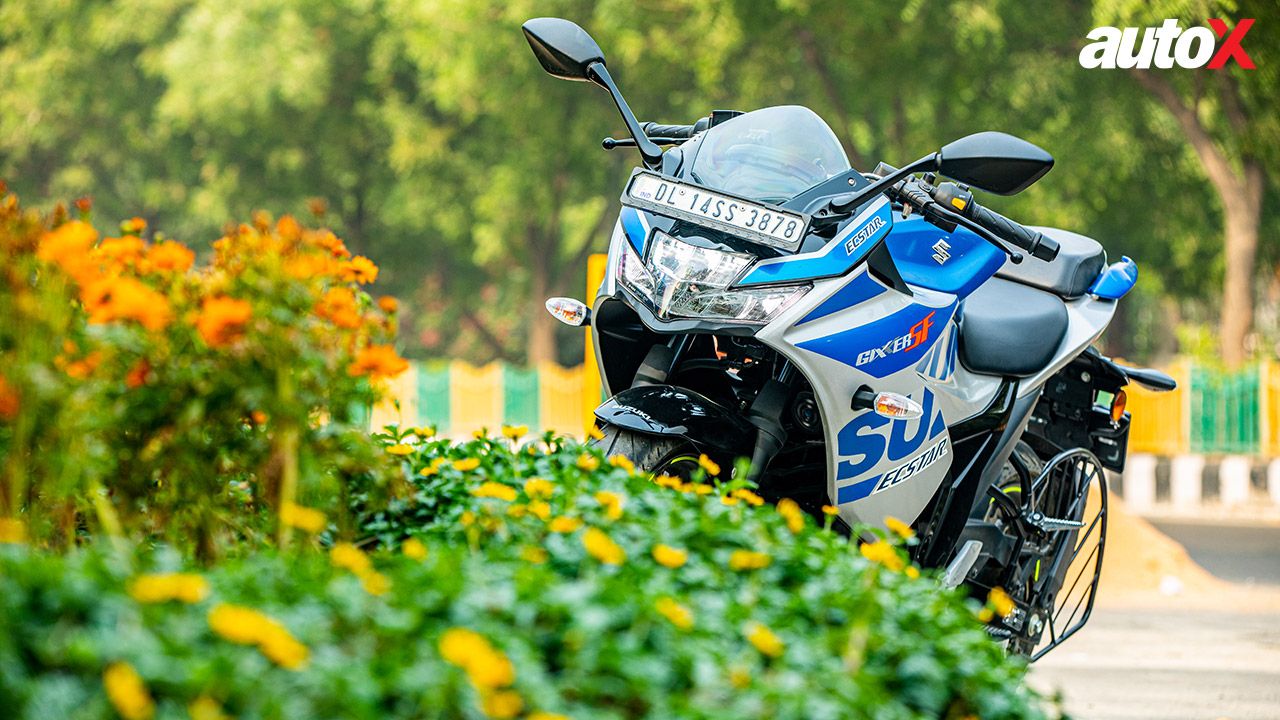

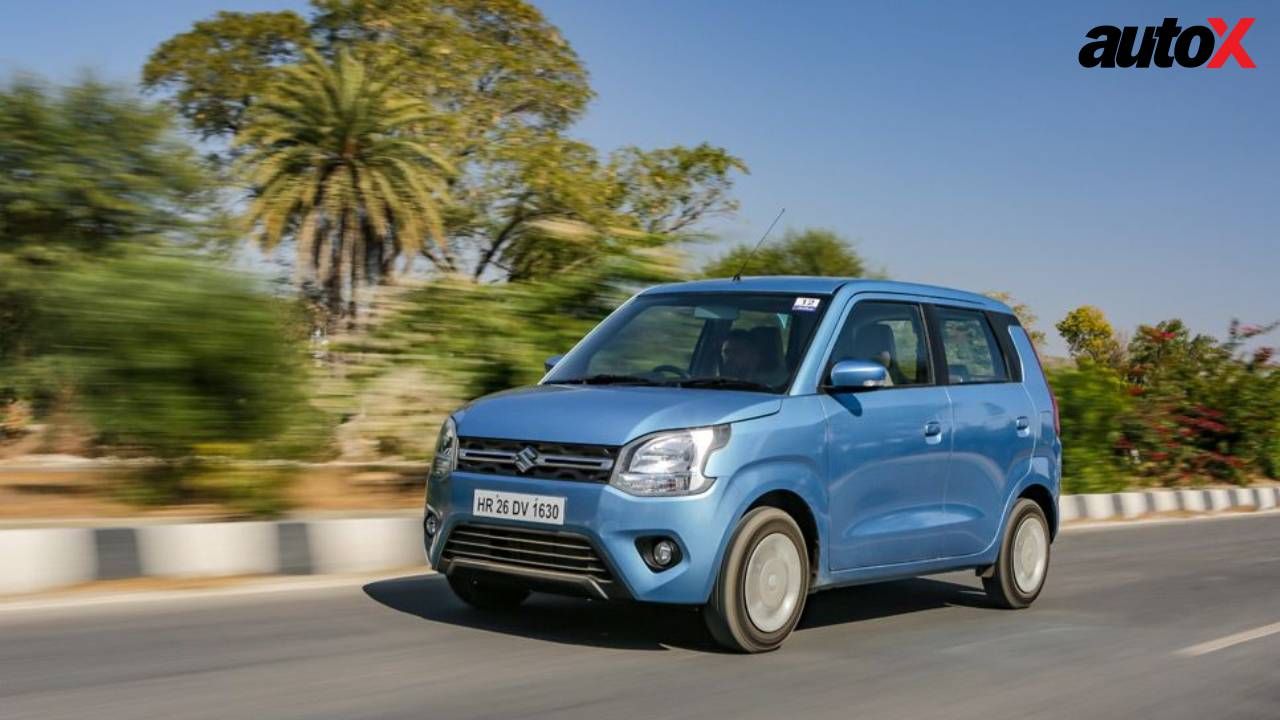






Write your Comment on